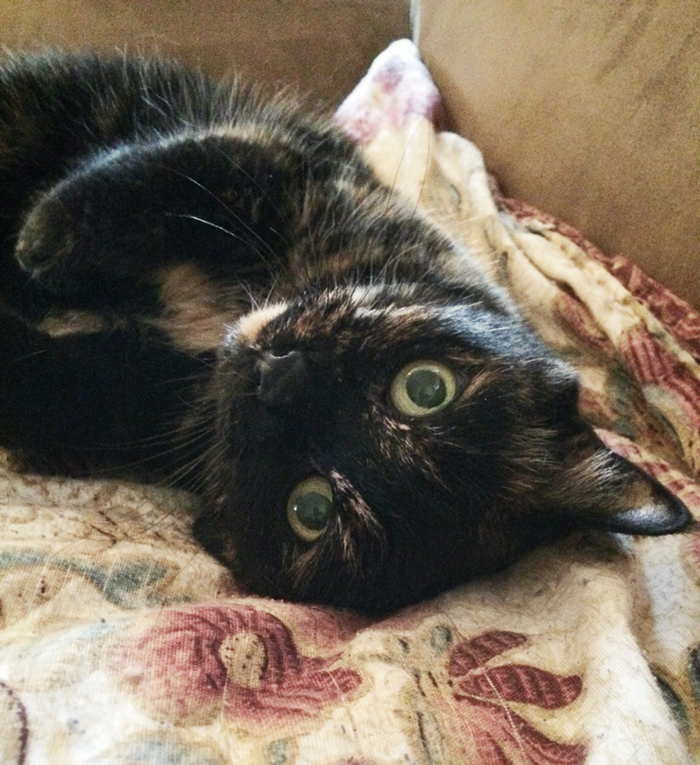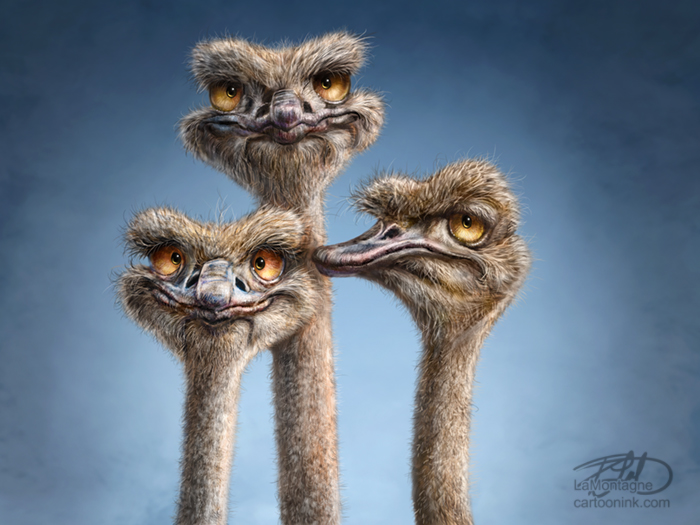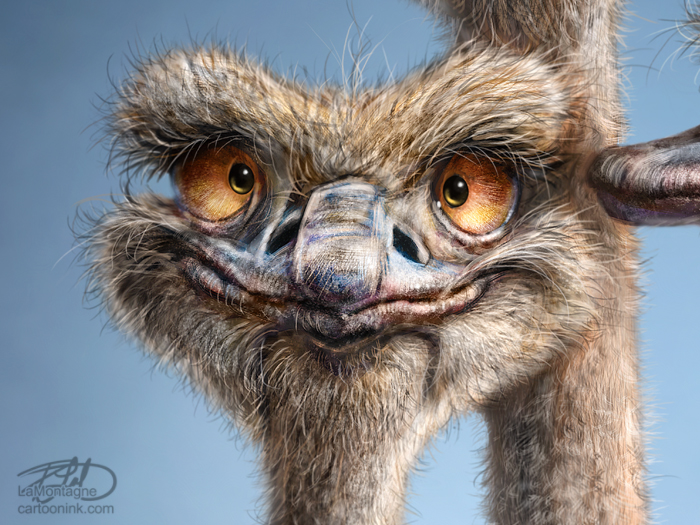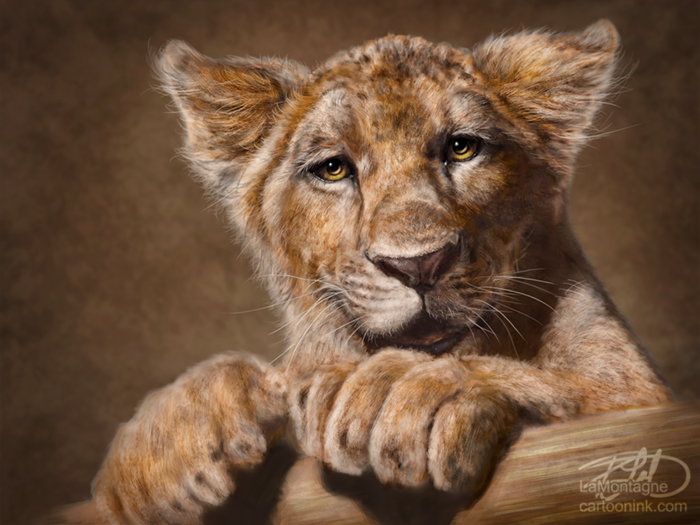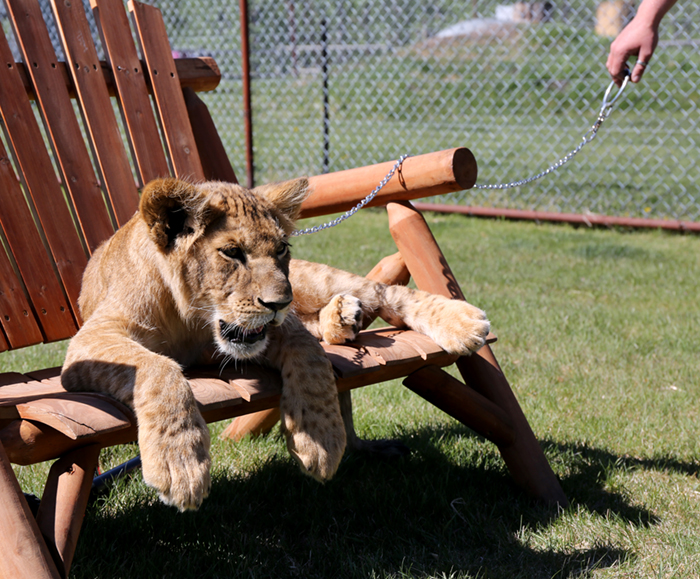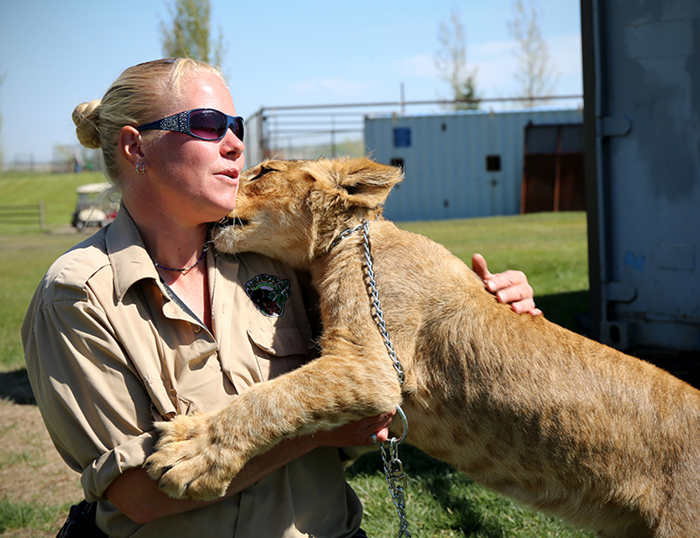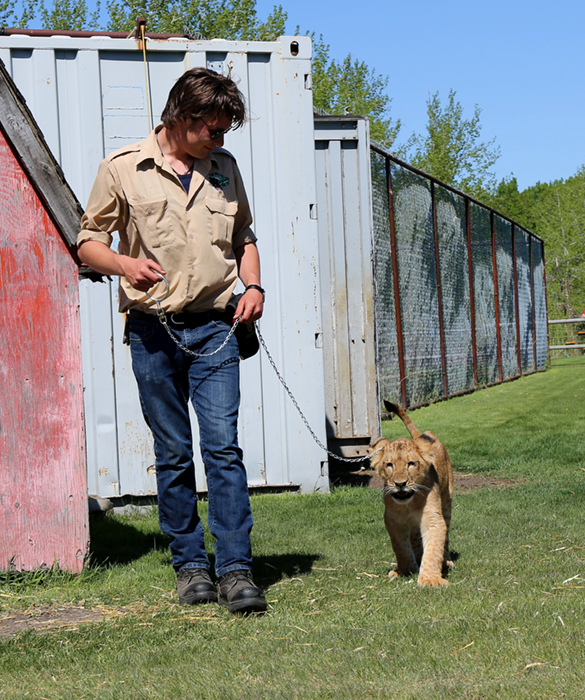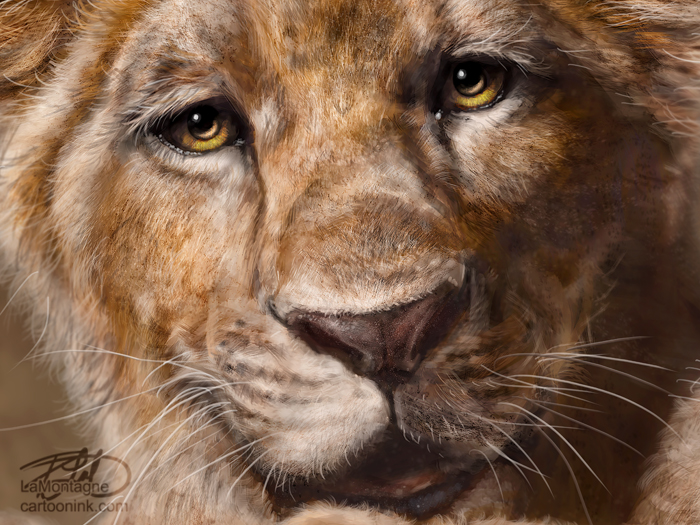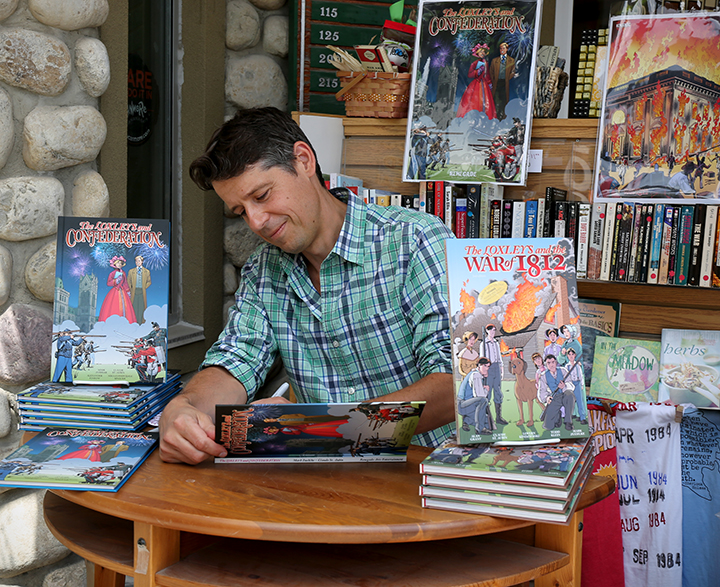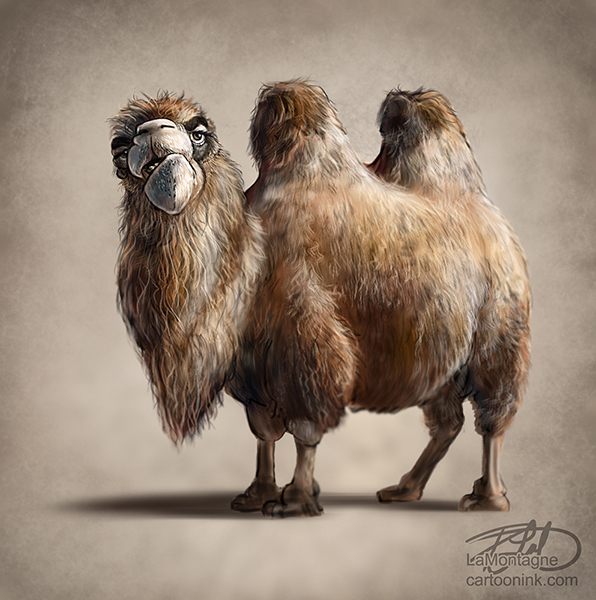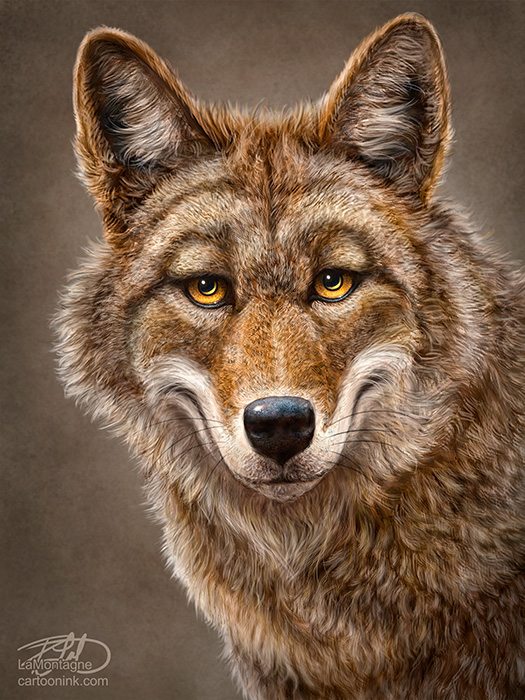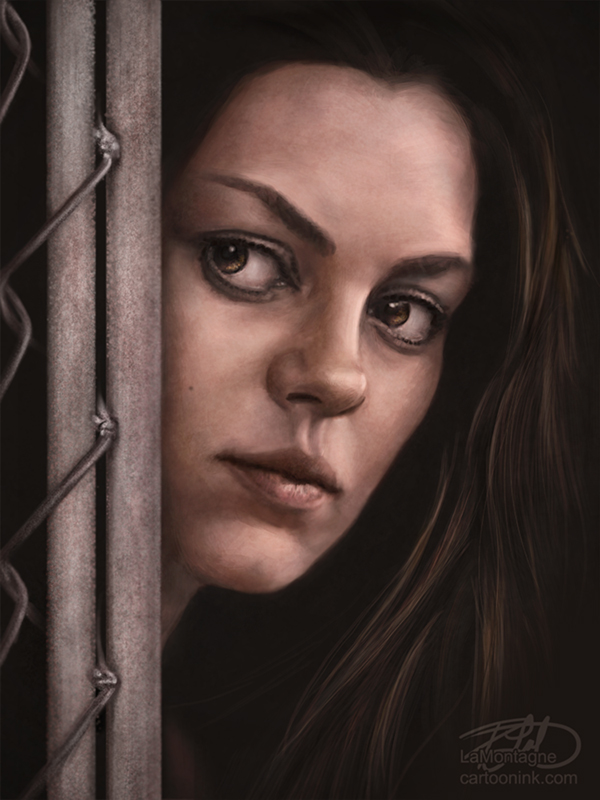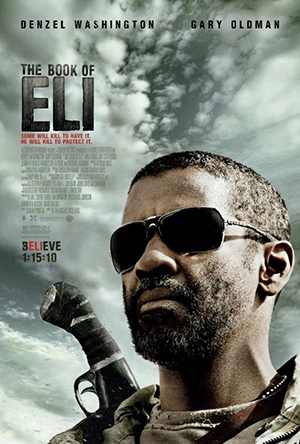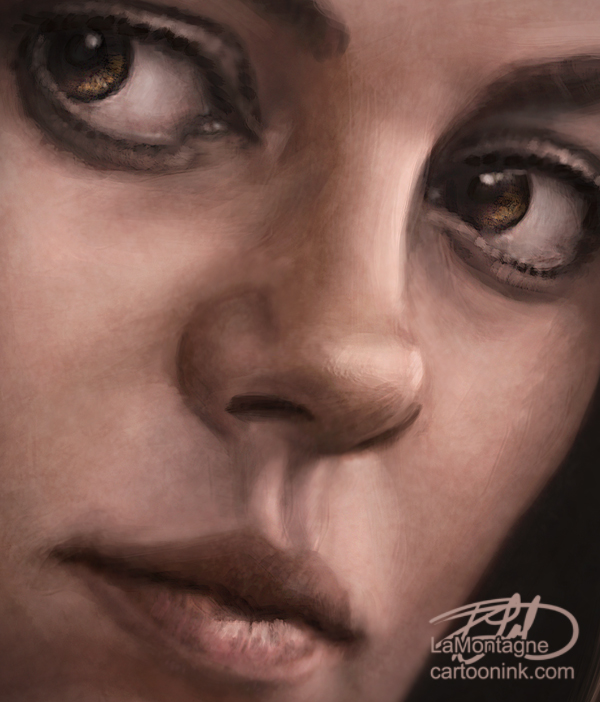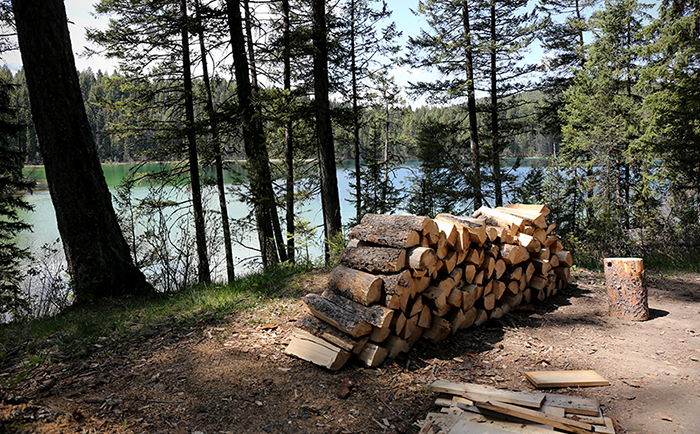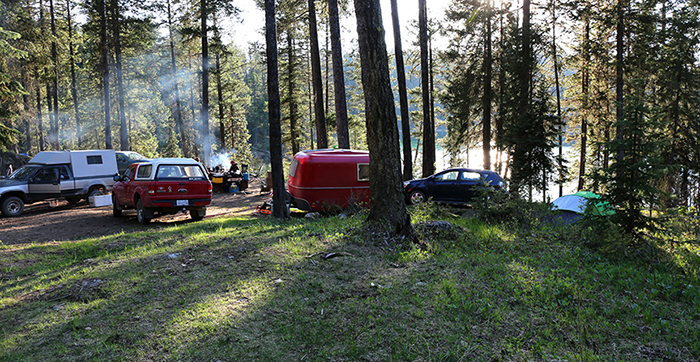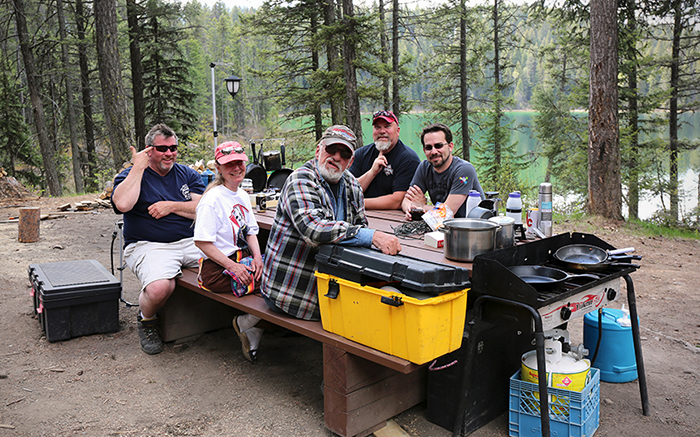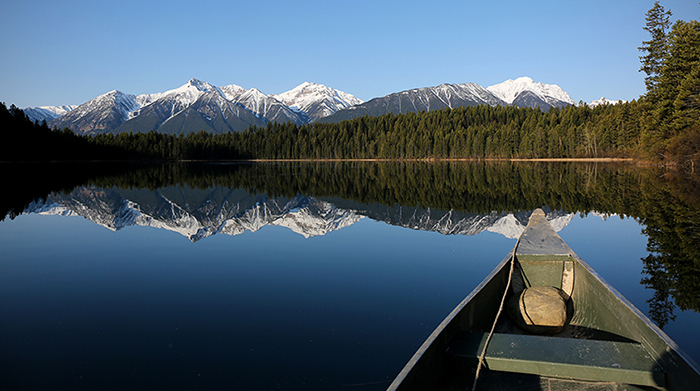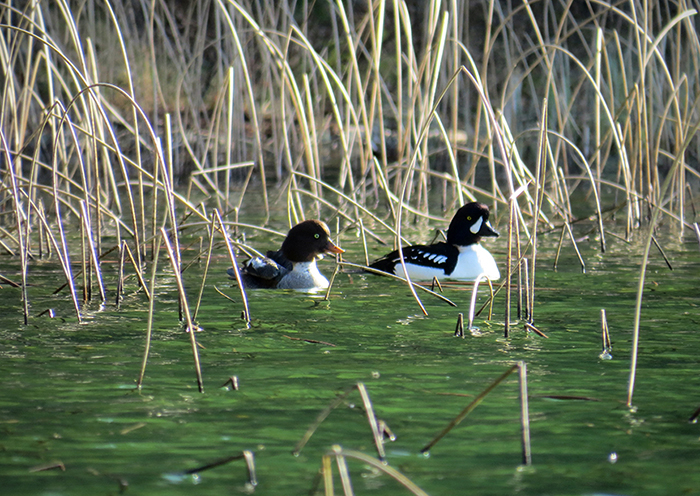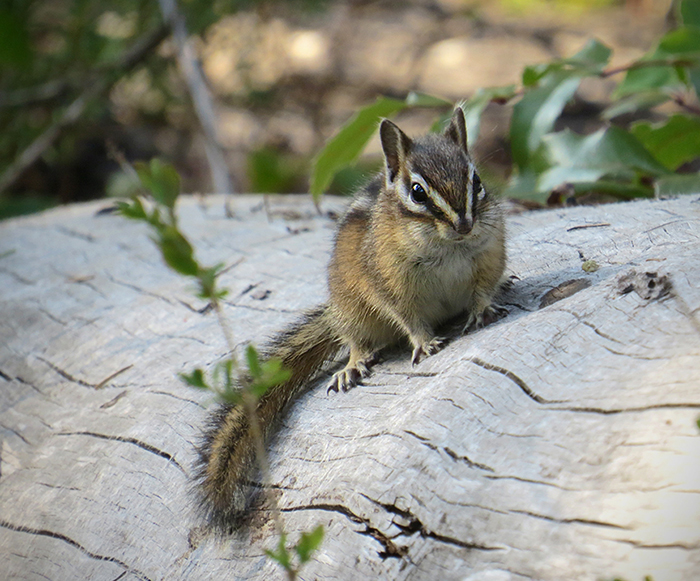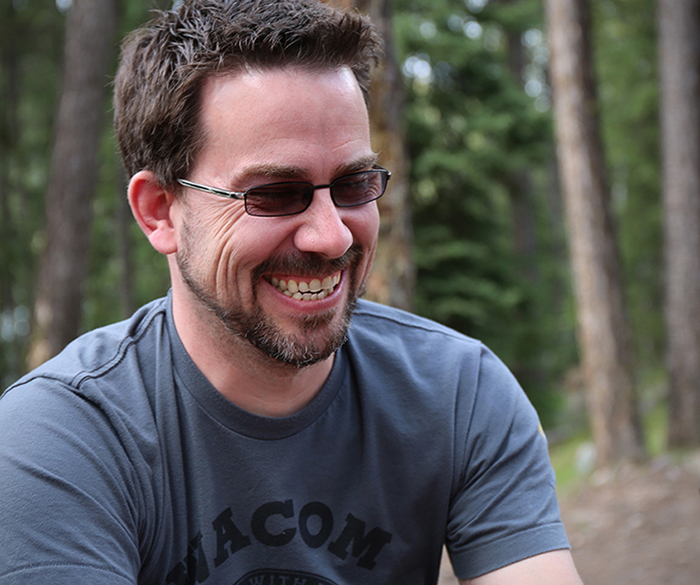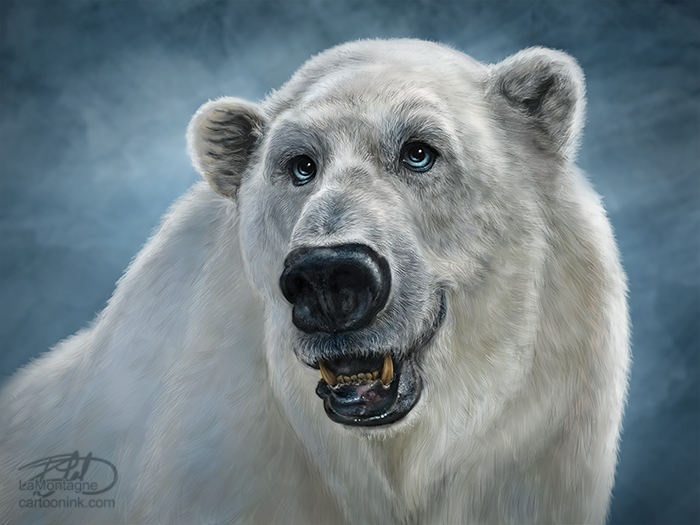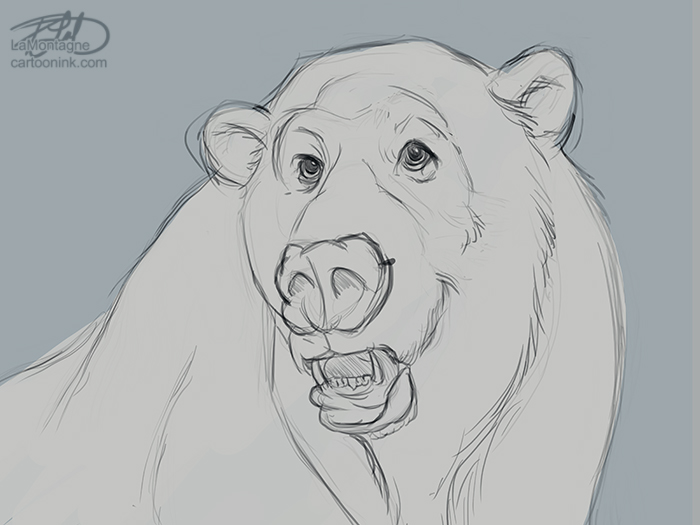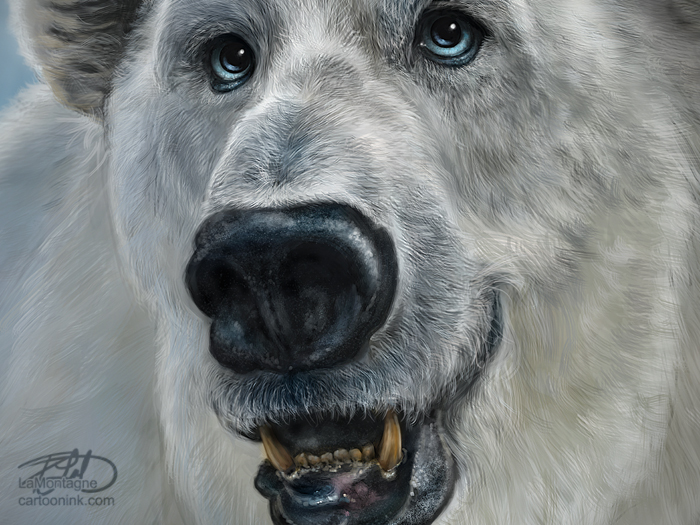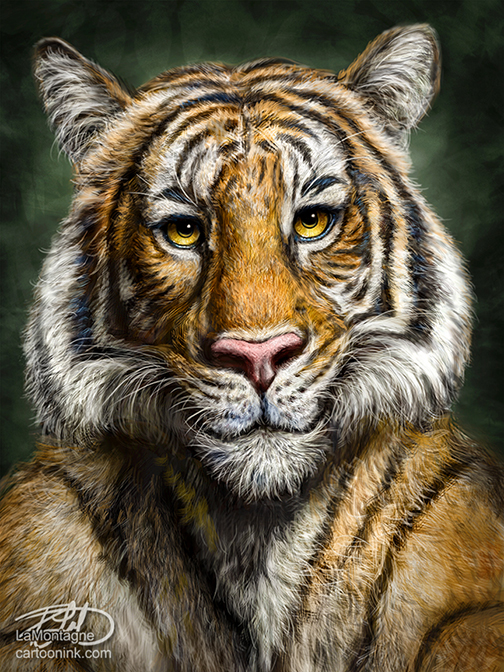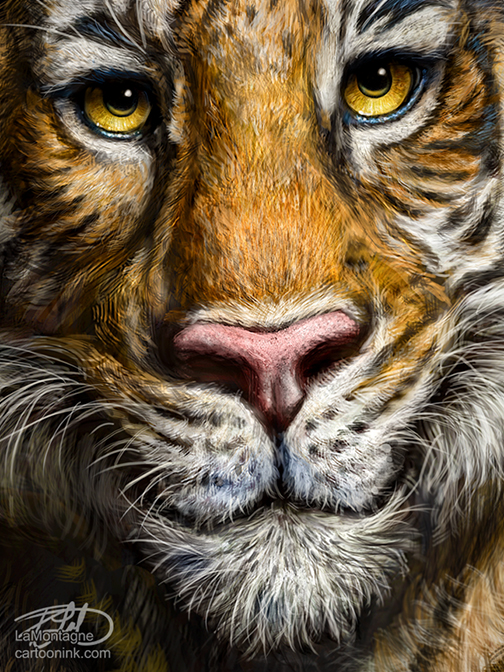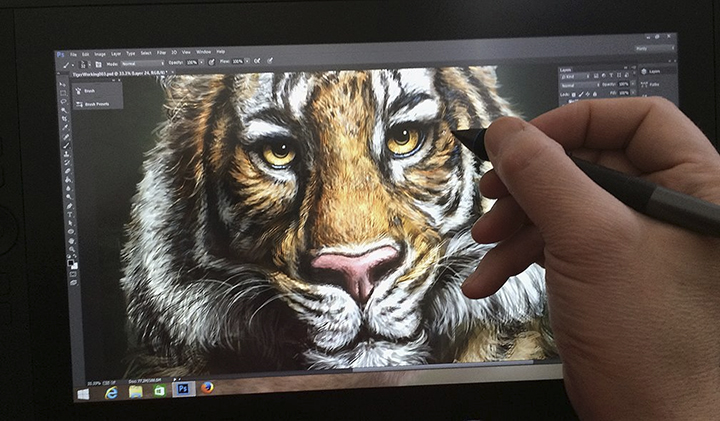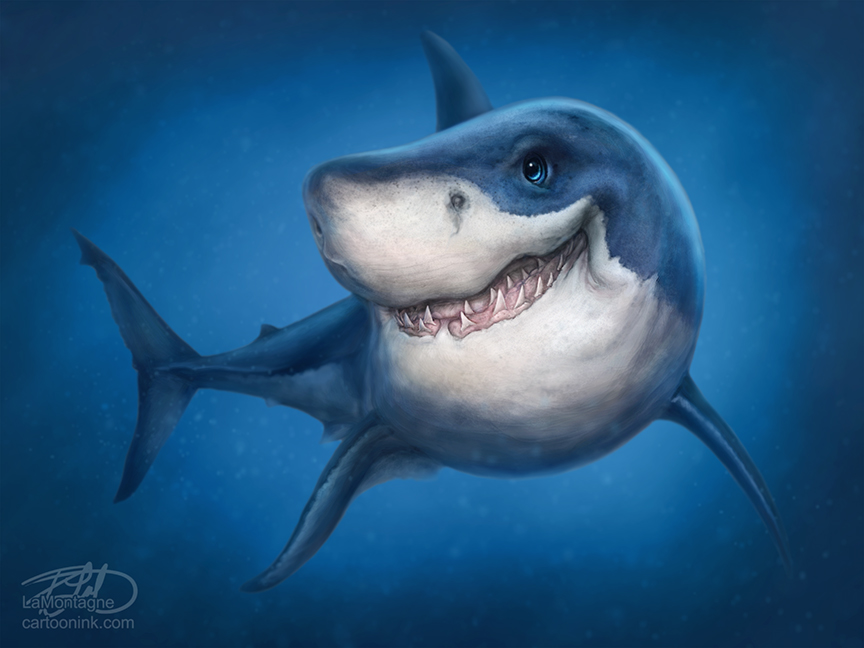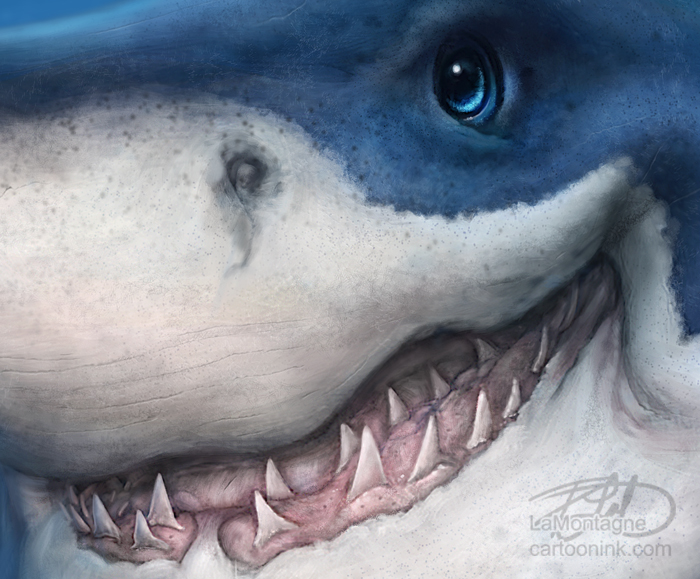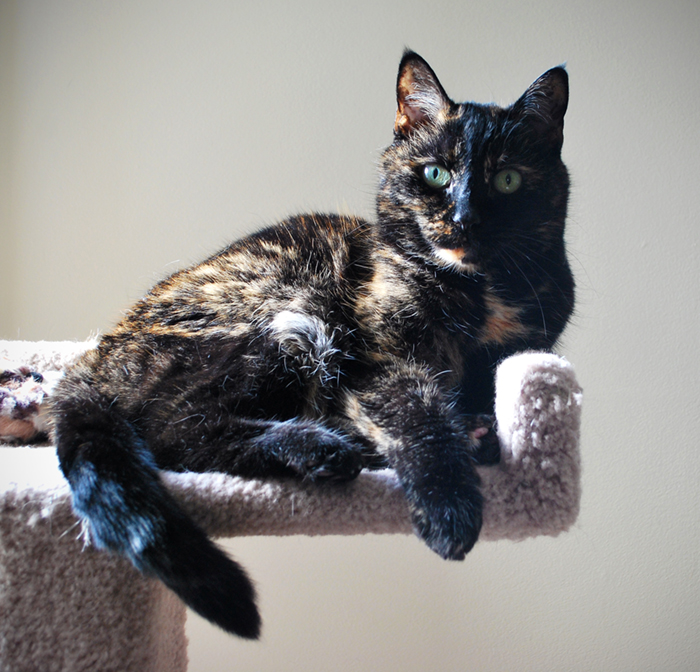 Anyone who loves and makes a pet part of their family knows that right there in the fine print of the unwritten agreement are the words, “sometime in the future, there will come a very bad day.”
Anyone who loves and makes a pet part of their family knows that right there in the fine print of the unwritten agreement are the words, “sometime in the future, there will come a very bad day.”
This morning we said goodbye to our cat, Muse. Many of you reading this have been where we are, as we’ve been as well. We got Maya and Muse 18 years ago as 12 week old kittens from the
Humane Society in Calgary and since we never had kids, these cats were spoiled rotten. We lost Maya four years ago when she developed some serious neurological issues, likely a tumour or cancer.
While we could have adopted another cat, we realized that Muse was happier on her own (her sister was a bit of a bully) so we decided she would get all of our attention for herself during her senior years.
She was diagnosed with thyroid issues a few years ago. After she turned out to be allergic to the medication, a change to a specialized diet thankfully saved her and she was still able to enjoy a pampered quality of life. We realized she had gone deaf earlier this year, and that too is something she adapted to easily. In recent months, however, she has been losing weight and it’s been tough to get her to eat. I’ve been bringing her food wherever she’ll eat it, heating it up, and doing whatever it takes to keep her interested and her weight stable. Because she was restricted to the thyroid food, I couldn’t use any other foods to entice her, so it was a challenge. At one point not too long ago while discussing her senior health issues, Muse was rolling around beside me, playing and being cute. Shonna pointed out, “you know she’s happy, right?”
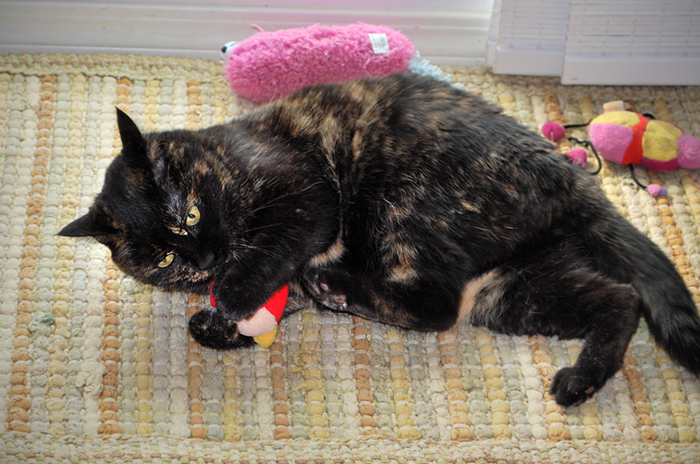 Still playful, demanding, energetic and a little diva, she has indeed been a happy elderly cat.
Still playful, demanding, energetic and a little diva, she has indeed been a happy elderly cat.
In recent weeks, though, her appetite has waned even more; she has lost more weight, and despite the vet saying she was doing pretty well a month ago, I’ve had a feeling something was off and that this was coming. The vet had scheduled her for another visit a few weeks from now to check on her weight, some concern about possible kidney issues if she kept losing pounds.
This weekend, it became clear that we weren’t going to make it that long. The light in her eyes had vanished, she became lethargic, had begun to stumble and fall, and was clearly distraught. She wasn’t eating, couldn’t get her to purr, and she just didn’t seem to be able to get comfortable.
In all of the reading I’ve done online the last time we went through this and this weekend, they say most often it’s the owners who know when it’s time, and both Shonna and I agreed. After a very difficult weekend, we euthanized Muse at the vet this morning. We had decided that any extraordinary measures at her age would be selfishly prolonging her life for us, not for her. In human years, she was in her nineties and we weren’t willing to put her through tests and treatments that would likely only buy us weeks or months, but would most definitely make her miserable.
As we did with Maya, we stayed with her ‘til the very end. I held her in my arms as she died.
While we will both miss her, Muse and I had a special bond, likely because I’ve been home with her all day for the past ten years. Tortoise shell cats often take to one person, all part of their quirky personality. She sat with me while I worked each day, would follow me down to the kitchen when I got another cup of coffee, and she let me know when it was time to take a break and play with her. I would always oblige. Although never a lap cat, it was me she wanted to be next to on the couch in the evenings, within petting range, of course. She was my first priority in the morning and I brushed her every day. Half a dozen blankets, cat beds and fabricated hiding places around the house made sure she always had a comfortable place to sleep.
Maya was Shonna’s cat. Muse was mine. But we both felt their loss equally.
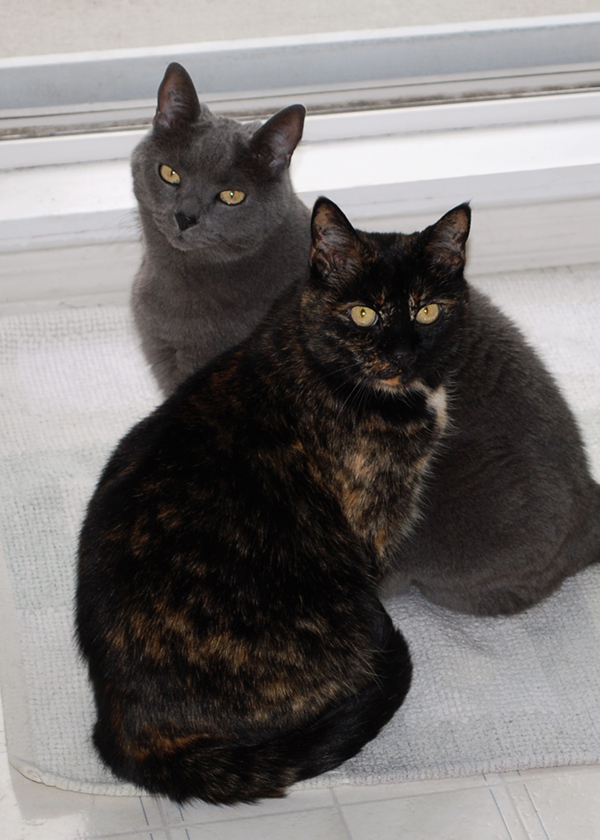 There is going to be a very large hole in my life for a while, just as there is for everyone who loses a pet. For 18 years our home has always had a cat in it. It will again someday, but not for quite a while. This grief will be raw for quite some time. If you imagine me with dry eyes while I write this, you are mistaken.
There is going to be a very large hole in my life for a while, just as there is for everyone who loses a pet. For 18 years our home has always had a cat in it. It will again someday, but not for quite a while. This grief will be raw for quite some time. If you imagine me with dry eyes while I write this, you are mistaken.
The emptiness in the house will be tangible, no doubt. When I go to the kitchen first thing in the morning, have breakfast later on, come back from my usual hike in the afternoon, I’ll be expecting Muse to greet me with a purr and her demanding meow. The silence is going to be tough.
Everybody deals with these things differently; grief is a very personal thing. If you’re reading this via social media, please don’t feel obligated to write a comment or say anything. I never know what to say, either. Shonna and I view death in a very practical light, so I would ask that you NOT tell me about the rainbow bridge or say that I’ll meet my cat again. While I respect your beliefs, I don’t share them. I believe this experience is a limited time offer and when it’s over, it’s over.
Right now, I’m very sad, as can be expected. This will pass and eventually I will only focus on the happy memories. That’s how we remember Maya these days, our chatty little goofball who made us laugh and enriched our lives.
Muse had 18 good years. She was loved and I’m grateful for the time we shared. I will miss this face.
